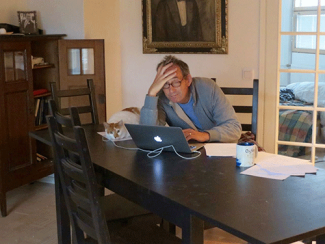Event

Our knowledge of Sophocles’ fragmentary Tereus has now been enriched by the publication of POxy. 5292, portions of which overlap with S. fr. 583 (preserved by Stobaeus). Among other things, the new material appears to confirm that the speaker of fr. 583 is Tereus’ wife Procne and to establish that she is onstage with the chorus, ruling out the possibility that the lines belong to the prologue. It also shows that the speech to which fr. 583 belongs was followed by the arrival of a Shepherd, seemingly bearing news for the queen. The implications of the papyrus have been considered at length by Patrick Finglass in a recent article. But Finglass’ larger interests have to do with methodology, and he closes his main discussion by expressing the hope that “sober reflection on what previous scholars have got wrong — and right — should assist future research on fragmentary drama”. Unfortunately, Finglass is rarely explicit about either his own working methods or what he believes can be learned from earlier scholarly conjectures regarding the text and action of the Tereus. My goal in this paper is to articulate a number of significant aspects of Finglass’ treatment of S. fr. 583+POxy. 5292, and to treat these as a basis for a series of remarks regarding the handling of fragmentary literary material generally.
